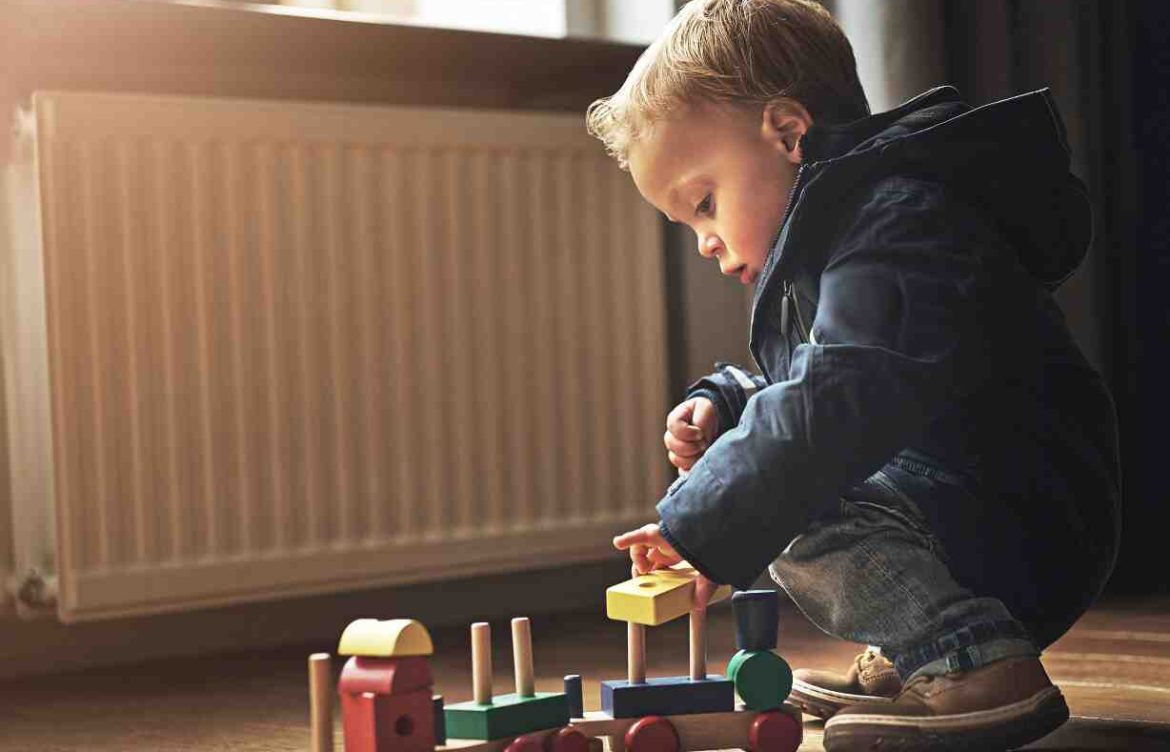
Best Toys to Use in a Crib for Learning and Development
Best Toys to Use in a Crib for Learning and Development
Choosing the right crib toys can stimulate your baby’s senses, support early development, and provide entertainment during wakeful moments. Below is a detailed guide on the best toys for learning and development in the crib, along with safety tips to ensure a secure environment.
The Importance of Crib Toys for Development
Crib toys play a vital role in helping babies build essential skills such as motor coordination, sensory awareness, and cognitive development. With appropriate toys, your baby can explore textures, sounds, and colors, making their time in the crib educational and fun.
1. Soft Plush Toys with Textures
Soft toys with different textures promote tactile development. Fabrics like velour, fleece, or ribbed cotton provide sensory feedback as babies grasp and feel them. Select small, machine-washable plush toys without removable parts to ensure safety.
2. Crib Mobiles with Music and Lights
Mobiles stimulate a baby’s visual and auditory senses. Choose mobiles with high-contrast colors to aid early vision development. Models that rotate or play lullabies can also help soothe babies and establish bedtime routines.
3. Teething Toys for Oral Development
BPA-free silicone or rubber teething toys offer sensory exploration and soothe sore gums. Look for textured designs to encourage babies to explore with their mouths, which is a natural part of their development.
4. Soft Fabric Books with Interactive Features
Fabric books with bright illustrations, crinkly pages, and peek-a-boo flaps help develop fine motor skills and early literacy awareness. Babies enjoy flipping pages, exploring textures, and engaging with simple storylines.
5. Rattles and Sensory Balls for Motor Skills
Soft rattles and textured balls support hand-eye coordination and grip strength. Sensory balls with ridges or bumps provide tactile feedback, enhancing sensory learning during playtime.
6. Mirror Toys for Self-Recognition
Crib-safe, shatterproof mirror toys help babies develop self-awareness and visual tracking. Babies enjoy observing their reflections, which encourages curiosity and emotional growth.
7. Musical Crib Toys for Auditory Learning
Toys that produce soft melodies, nature sounds, or lullabies help babies develop auditory processing skills. Some musical toys feature buttons or soft keys that babies can press, promoting cause-and-effect learning.
Safety Tips for Crib Toys:
- Only use soft, breathable toys without small, detachable parts.
- Avoid toys with strings or cords longer than 7 inches to prevent strangulation.
- Remove all toys from the crib during naptime and bedtime to reduce the risk of suffocation.
- Inspect toys regularly for wear or damage to ensure they remain safe.
How to Choose the Right Toys Based on Age:
- 0–3 Months: Focus on high-contrast patterns and soft music to stimulate vision and hearing.
- 3–6 Months: Introduce toys that encourage reaching and grasping, such as textured rattles and soft books.
- 6–12 Months: Offer toys that promote interaction, such as musical toys and sensory balls.
Conclusion:
The best crib toys balance learning, development, and safety. Focus on selecting age-appropriate toys that stimulate your baby’s senses and support motor and cognitive growth. By prioritizing safe, engaging toys and rotating them regularly, you’ll create an environment that fosters curiosity and joy during your baby’s crib time.
